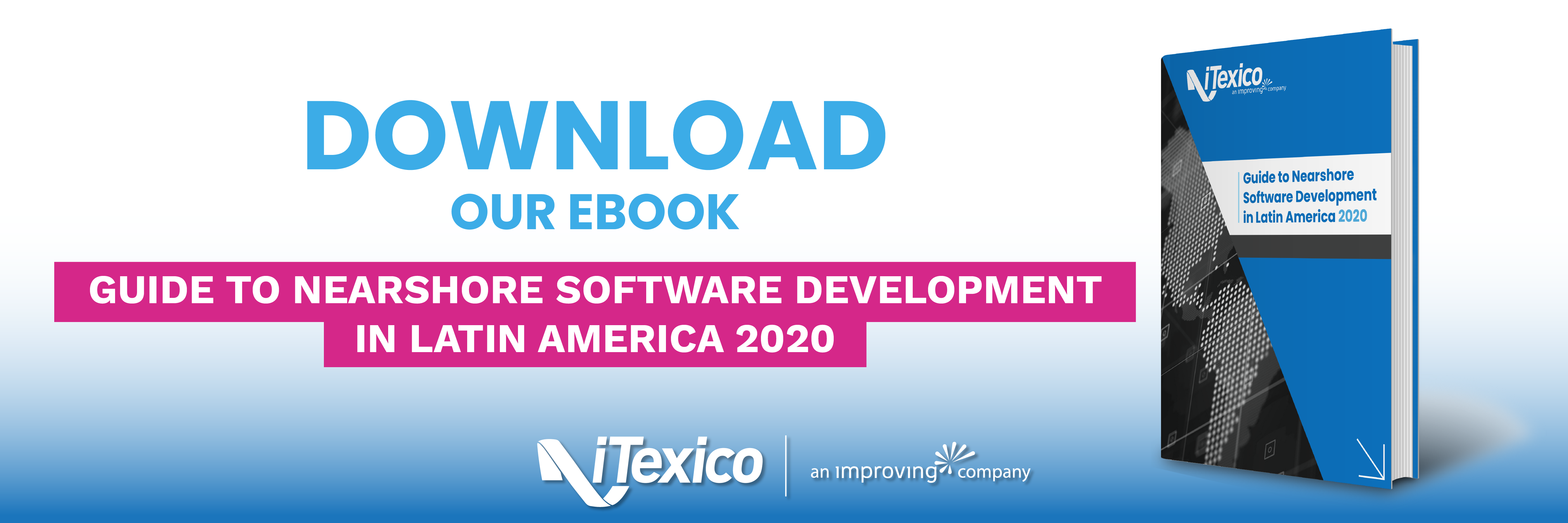How to Protect Your IP Rights When Outsourcing
What Can You Do to Protect Your IP Rights When Outsourcing?
Every business has its unique attributes, including staff size, in-house skill set, and degree of experience with software development. If any of these factors cause you to consider outsourcing all or part of a development project, it’s essential to have a strategy in place for protecting your intellectual property or IP.
Intellectual property is any product your company or team creates through its intelligence or reasoning that is protected by law from unauthorized use. These items could be everything from technology to art and inventions. Their degree of protection under the US government depends on what type they are. Some information is covered by patents and copyright law, while others fall under the umbrella of trademarks or trade secrets.
No matter what your development project consists of, you will inevitably share some of your IP with your outsourcing partner. The sensitive information may include software, data, apps, or requirements documents. Despite your company’s best efforts, poor planning can result in the theft or misappropriation of IP.
For this reason, it’s imperative that you carefully examine the scope of the project in its entirety to determine which IP protections your venture will need before you officially begin the outsourcing process.
How to Protect Your Intellectual Property Rights
Once you identify the type of IP involved in your project, it’s time to engage in a protection planning session. Work with your team to determine what the type of component, how it is protected by law, and what type of factors could lead to it becoming vulnerable. Review the US Patent and Trademark Office’s regulations if you have any questions about what protections your IP falls under and how to handle potential intellectual property infringement. If possible, appoint a technology officer or member of your legal team to handle any transactions that involve your IP.
If you plan to partner with an offshore or nearshore partner, first check the International IP Index and the Country IPR Toolkits for the IP protection rules and regulations that pertain to their country. Identify whether the same rules apply in their region as the United States, or whether you must adjust scope or contracts to keep your information safe.
Continue your due diligence inquiry by determining the following:
- Will your company own all IP improved or created during the outsourcing relationship? Which rules and regulations will keep them under your ownership?
- Is it possible that the outsourcing vendor will own all IP, which will require you to take ownership through licensing agreements? How will you facilitate that process?
- Will both parties have ownership of IP that is executed through a formal agreement based on each side’s business needs? Who will draw up this agreement – and how will it be enforced?
Creating a Non-Disclosure Agreement
While your team is taking the time to answer these questions and come up with solutions for each scenario, you are likely narrowing down your choice of outsourcing partners at the same time. As you interview them and finalize your selection, explain that they will need to sign a Non-Disclosure Agreement (NDA). This document will help to protect any trade secrets that are shared while you partner together.
Additional Ways to Protect Your IP In-House and over the Internet
Additional measurements to prevent the accidental sharing of confidential information include:
- Limiting the number of people on the outsourcing team who know mission-critical information
- Ensuring there is a secure communication channel between your company and your outsourcing partner
- Establishing firewalls, encryption, and VPN services that will help to prevent online security breaches
- Protecting source codes and appointing a member of your staff to keep copies of the originals
- Understanding and maintaining IP protection standards for both countries as necessary
- Routinely checking for breaches or challenges with open source software that you and your partner may be using
Since many software development projects will warrant the exchange of private company information, it’s essential to comb through the considerations above and consider all potential risks seriously. If you need assistance ensuring that your IP is protected, it’s helpful to consult with an attorney or technology consultant. The investment you make in enlisting outside help could make the difference between securing the inventions and thought leadership that allows your business to grow and succeed – and losing the opportunity to keep your business differentiated in the marketplace.
Partner with a software team that understands IP laws, rules, and regulations in the United States and abroad. iTexico is a multidisciplinary software team based in Mexico with a leadership team in Texas. Their staff is not only required to master how to protect intellectual property rights but to understand how to keep it protected when working on any development project. To learn more information about the company and how it helps companies grow and innovate their business safely and securely, visit their website.



Post Your Comment Here